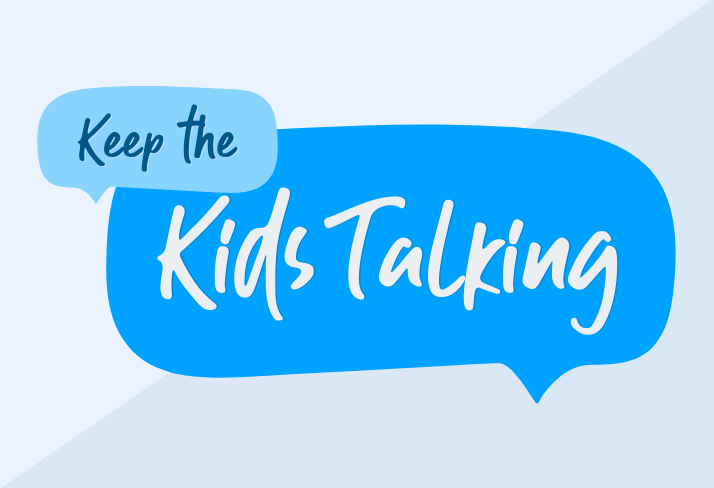|
Capitalize on critical thinking, reflection, and action to keep your students actively engaged.
“It’s so hard for me to come up with something to do every day in my class. I know my lessons should prepare students for their summative assessment, but, like, what do I do every day? Every class?”
This was how my meeting began with a relatively new teacher I am mentoring. He knows where he needs to end up in his unit, but what can he do in every single class that doesn’t feel monotonous? What various activities can he use in his class that work towards a concept he is building? In his case, his summative assessment will be an analysis of a theme in the class novel, but he also aims to use the text to teach other concepts, other literacy skills. Enter our student engagement resource (download here). It’s so easy to get stuck doing the same activities each day. Using this resource, you can unlock practical ideas for engaging students cognitively, and find ways to spur students to think about the class text or class concepts from multiple perspectives. I particularly appreciate how these activities are easily adaptable, and can be rooted in concepts students are learning. Across four categories, you can imagine fresh lesson ideas, no matter where you're at in your career.
GET STUDENTS...
Thinking Quote-ables: Pull meaningful quotes from student writing or discussions, and post them around the room. This activity is a way to synthesize students’ ideas, reflections, and wonderings around a topic, and the result is that student voice becomes a new collaborative text. When students see meaningful snippets of their own writing on chart papers around the classroom walls, they will feel seen. A wonderful add-on to this could be to ask students to respond to others’ writing using post-it notes or directly on the chart paper itself. This activity reinforces ideas discussed in class, celebrates student voice, and helps students see concepts through their classmates’ perspectives.
GET STUDENTS...
Doing Get centered: Create student choice by organizing 2-3 different activities around a text (vocab, drawing, summarizing). Allow students to choose which center they want to focus on. Creating a “centers” lesson is a way to get students up and out of their seats to focus on a topic of study using various manipulatives. A variation of this is to create “stations” where students rotate between the stations (or center). Station or center lessons require quite a bit of planning in order to create independent activities that are allotted a similar timeframe, but a “centers” lesson ensures students are actively engaged, and teachers are observing and providing support when needed.
GET STUDENTS...
Feeling Gratitudes: Say thank you to all students on task until everyone is participating. A positive way to get students on track instead of focusing on what they are not doing: “Thank you, Tiffany, Fatima, and Derek, for sitting down quickly and taking out your notes. Thank you, Marcus, for getting started right away on our opening question…” These small statements of praise help to build a classroom culture where students feel seen and appreciated. I would add to this practice by suggesting that ending your class with gratitudes is a way to synthesize all of the significant work that students contributed throughout the class. This could begin a cycle of positivity in a classroom, where students are praised throughout class for staying on task, and at the end of class for their insights and participation.
GET STUDENTS...
Believing Better or Worse?: Ask students to choose which of two options is the best response to a problem. Explain why in writing or discussion. This question creates a binary that provokes us to take a stand that is backed in evidence and reasoning. To answer this question, students must consider the complexity of an issue and come to a decision that presents the best solution. Most of the strategies in this category include two acts of literacy: writing and discussion. If there is one takeaway from this category — or from all categories listed above — it is this: give students time to process and capture their thoughts in writing as a way to engage them. Quickwrites, or brief moments to jot down ideas and gather thoughts in writing before sharing verbally, are a key ingredient to processing and thinking through a concept.
It can be difficult to remember all that we have learned about teaching through the years. Whether you are a new teacher or have years of teaching experience, it's still possible to find fresh ideas for keeping your students engaged and actively thinking in your classroom!
|
|
The Center for Professional Education of Teachers (CPET) at Teachers College, Columbia University is committed to making excellent and equitable education accessible worldwide. CPET unites theory and practice to promote transformational change. We design innovative projects, cultivate sustainable partnerships, and conduct research through direct and online services to youth and educators. Grounded in adult learning theories, our six core principles structure our customized approach and expand the capacities of educators around the world.
|
ABOUT US
525 West 120th Street, Box 182 New York, NY 10027 416 Zankel Ph: (212) 678-3161 [email protected] Our Team Career Opportunities |
RESOURCES
Professional Articles Ready-to-Use Resources Teaching Today Podcast Upcoming PD Opportunities |
COACHING SERVICES
Custom Coaching Global Learning Alliance Literacy Unbound New Teacher Network Student Press Initiative |


























